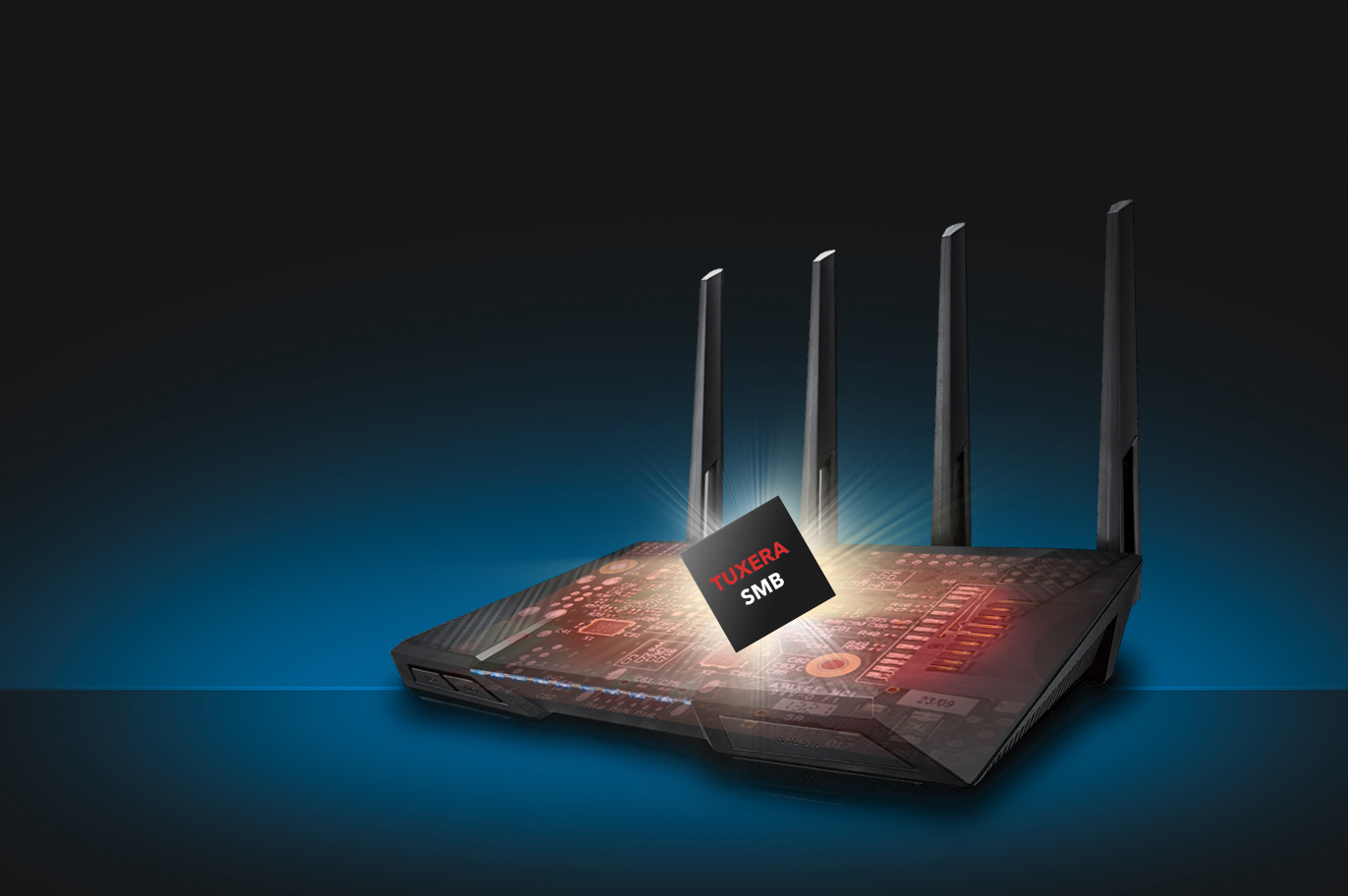Prepare for CRA compliance as Interniche NicheStack TCP/IP will reach end of general support
We at Tuxera are dedicated to developing products that are secure and resilient against the threats of the connected world....
We are here to help
Have a question or need guidance? Whether you’re searching for resources or want to connect with an expert, we’ve got you covered. Use the search bar on the right to find what you need.


At Tuxera we have the mission to make sure people can always access and manage their content and files regardless of the operating system they are using. The same vision applies when file sharing happens over a network: users should be able to browse, read, write, remove and modify their files in any device in a network without having to transfer the entire files to the local storage of the devices (which is costly in terms of storage space and response time).
Since its inception in the early 90’s, Microsoft’s SMB has become one the most popular protocols providing shared access to files, printers and other various communications on a network, with the caveat that it’d only work in Microsoft Windows networks. An open source project called Samba emerged, reverse-engineering the SMB protocol and implementing a compatible SMB client and server to allow non-Windows operating systems to interoperate with Windows.
Why Samba is not an option? Open source Samba however presented and still presents several limitations. Porting Samba is not only challenging from a technical perspective but from a legal one. On the technical side for example, Samba is not tailored for embedded used, has lots of legacy code and no technical support, and it’s slow in catching up with Microsoft’s SMB latest developments. From a legal point of view, most companies object to the GPLv3 license used by Samba since 2007 because code disclosure is required. Older, pre-GPLv3 versions of Samba have security problems and are not taken into consideration (also they are only compatible with SMB 1.0 when the current version of the protocol is SMB 3.1.1). Besides, SMB 1.0 has a high CPU consumption and a large memory footprint, making its performance dreadful on embedded device networks. But with SMB being one of the most widespread file sharing protocols, storage companies working with UNIX systems still need an SMB implementation to support network file sharing if they want to be competitive in their markets.
Introducing Tuxera Fusion SMB for storage systems and embedded devices Tuxera Fusion SMB (formerly Fusion File Share by Tuxera) has been developed together with Tuxera’s customers to address the needs for a proprietary licensed SMB implementation – steering clear from the GPLv3 license used by Samba – that works with all SMB/CIFS protocols, ensuring file sharing interoperability across any network. Our implementation of SMB supports SMB 3 and previous versions (1.0, 2.0, 2.1) and overcomes all the limitations of Samba, plus it can also be run as kernel-space software (Samba supports only user space) and it is very easy to deploy and set-up in any of the supported platforms.
For technical specifications and supported platforms, head to our Tuxera Fusion SMB product page.
Additionally, Tuxera has been a close Microsoft file system and storage partner since 2009. Our partnership guarantees our software is up-to-date with the latest developments in SMB and networking technologies from Microsoft, leading to the shortest time to market.
What’s next? Tuxera Fusion SMB is now available for evaluation and has been shipped to several storage OEMs customers.
For more information, please contact sales@tuxera.com.
Suggested content for: